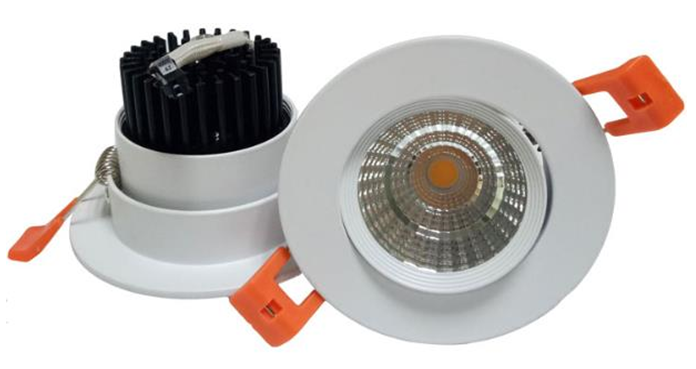Newstype
Latestnews
Hotnews
Power device consideration for optimized design of LED power supply
 Switch-mode power supplies for LED lighting applications are increasingly being designed with an active power factor correction (PFC) at the input stage to meet international regulations for harmonics. The boost topology in discontinuous current mode (DCM) is most suitable PFC method for converters less than 300W power rating.
Switch-mode power supplies for LED lighting applications are increasingly being designed with an active power factor correction (PFC) at the input stage to meet international regulations for harmonics. The boost topology in discontinuous current mode (DCM) is most suitable PFC method for converters less than 300W power rating.
In this topology, the switching-on power loss of boost switch is negligible, and the major power losses are the switching-off losses and conduction losses. After the super-junction devices have been introduced, they are often considered as an optimized switch for active PFC because of extremely low on-resistance and highly non-linear capacitance curves.
For downstream converter, LLC resonant converters are proven to be very effective for higher efficiency. Because of zero voltage switching-on capability of LLC resonant converters, conduction losses are primary power losses and therefore, low on-resistance is key requirement for switching power devices. Thanks to the advance in device technology, the planar MOSFET can be competitive to super-junction devices in both PFC and LLC stages at low to mid power range. Considering the price of the devices, the planar MOSFET is more attractive up to 200W.
Power losses in switch-mode power supply
When designing switching power converters, estimation of power losses is critical work for power device selection. Major power losses of power device in PFC pre-regulator and LLC resonant converter are conduction loss and switching loss. Generally, switching loss becomes dominant at light load condition and conduction loss takes up as load increases. The gate charge (Qg) parameter is widely used as benchmark of switching speed and therefore switching loss. The super-junction MOSFET tends to have smaller Qg than similar rating conventional planar MOSFET because of smaller chip size that comes from ultra low specific on-resistance. For an example, the Qg of 0.95Ohm/600V super-junction MOSFET is even smaller than 1.6Ohm/600V planar MOSFET as shown in Table 1.

It can be expected that the super-junction MOSFET will have smaller switching loss and conduction loss together in PFC or LLC converter. This is the main reason why the super-junction technology is preferred as power switch in switch-mode power supply. The latest planar MOSFET, however, has very small Qg as power device technology advances. Its on-resistance is still higher but it should be competitive at light load area. Because there is about 30% of price merit with the planar technology, it is worth evaluating it in switching power supply for LED lighting. It is also important to check which power level it can remain competitive in PFC and LLC converter.
Evaluation results
The three devices in Table 1 are applied to DCM PFC and LLC resonant converter and switching losses are measured with oscilloscope. Because switch current varies by each switching cycle in DCM PFC, the switching loss at the peak of AC line input voltage is measured and overall switching loss data are calculated by assuming the loss as sinusoidal as shown in Fig. 1.

The average switching loss is calculated by making product of operating frequency and energy loss per switching cycle. In DCM PFC, usually on-time is fixed and off-time is changing according to line input voltage. From design variables, on/off time and therefore equivalent switching frequency at every switching cycle are derived. Conduction losses are easy to evaluate when rms current of power switch is available. In PFC, the switch current is sinusoidal so rms current can be calculated simply. In LLC resonant converter, resonant current and magnetizing current can be assumed as sinusoidal and triangular respectively. Then, rms current can be calculated with the measurement of peak current as shown in Fig. 2.

Table 2 shows summary of power losses. It is confirmed that switching loss is dominant at light load in both PFC and LLC.

At heavy load, conduction loss is important as expected. The latest planar outperforms the super-junction at light load condition. It shows less power losses in both DCM PFC and LLC resonant converter. At 200W load, it has little bit smaller loss in LLC but higher loss in DCM PFC. Overall loss is slightly higher by 0.4W at 200W load.
Conclusions
The performance of the latest planar, UniFET II has evaluated in both DCM PFC and LLC resonant converter. It showed quite good results against the super-junction device up to 200W load condition. Considering price merit and performance, UniFET II technology is primary choice when designing switching power supply for mid-power LED Lighting application.

 Chinese
Chinese English
English




